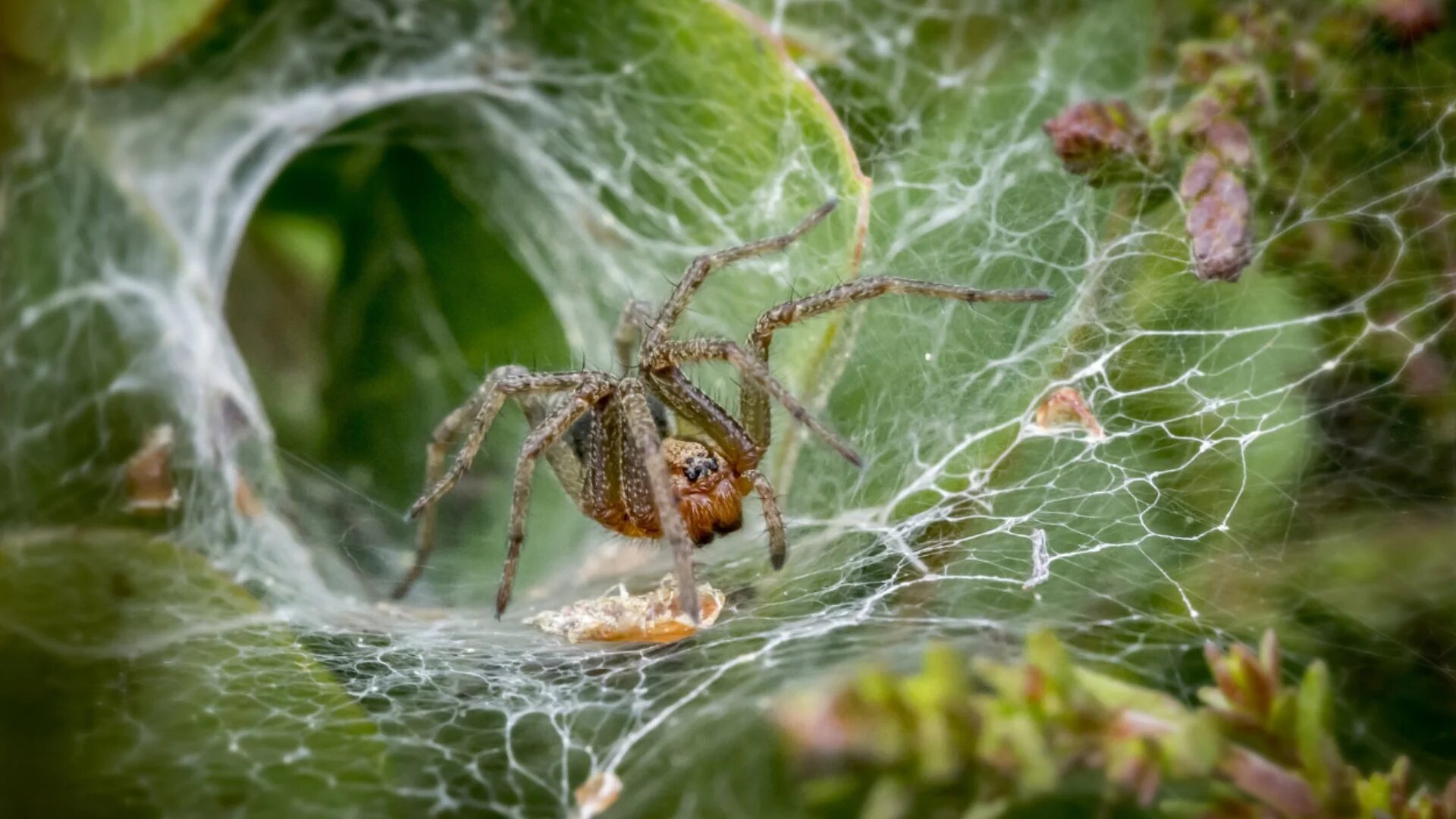Key Takeaways
-
Spider Identification: Examine body shape, size, color, leg structure, movement, and web behavior for accurate identification.
-
False Widow Spiders: Often mistaken for black widows, they lack the red hourglass marking and show lighter, irregular abdominal patterns.
-
Largest Spiders: Species like the Goliath Birdeater and Giant Huntsman can have leg spans up to 12 inches, yet rarely pose significant risks to humans.
-
Web Type and Structure: Orb-weavers build intricate, symmetrical webs, while hunting spiders like wolf spiders do not spin webs at all.
-
Common Myths: Bright colors or large bodies do not necessarily indicate venomous or dangerous spiders.
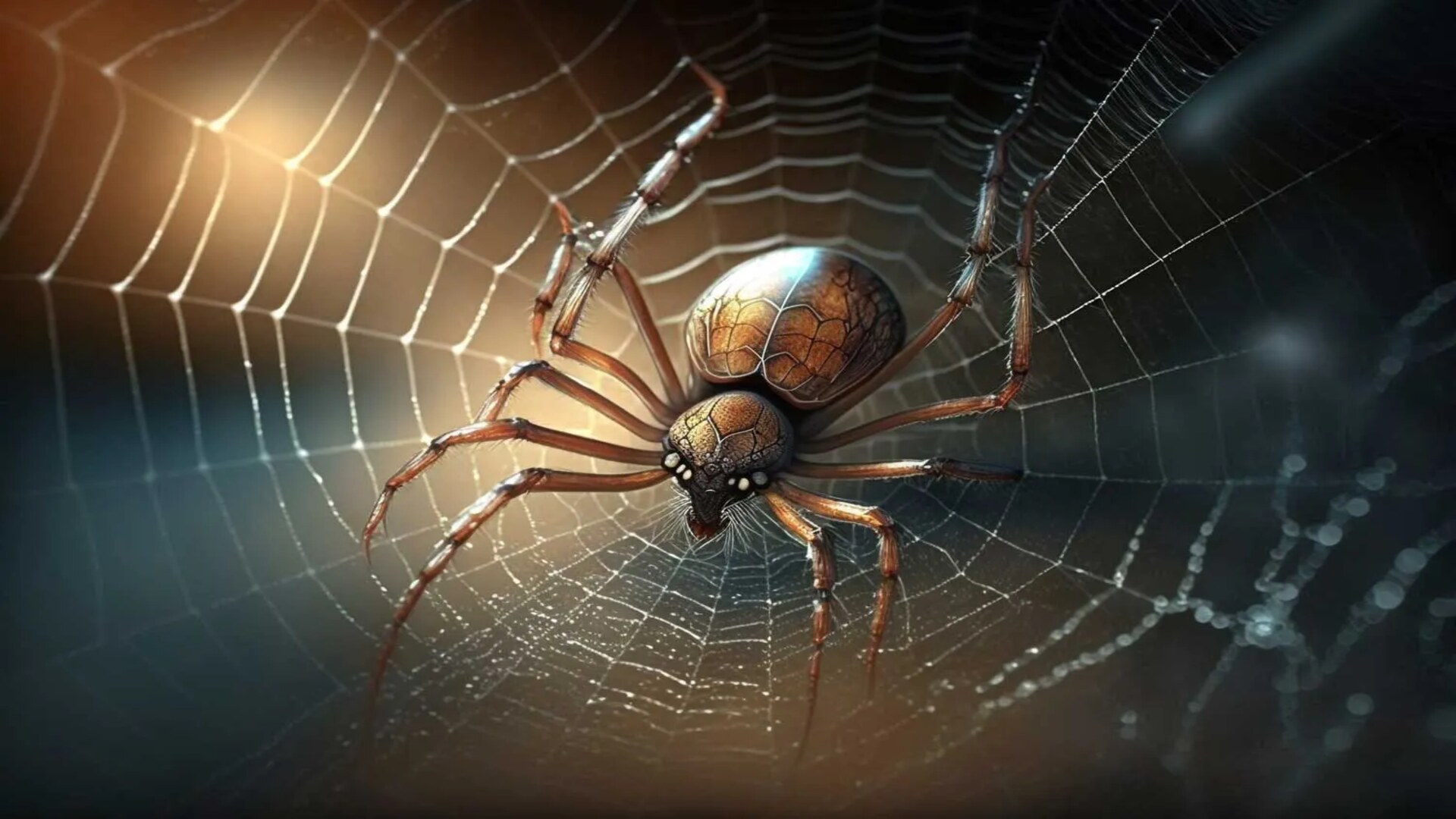 Spiders are among the most diverse arachnids, with thousands of species found across various environments. While most are harmless and play a crucial role in pest control, some spider species can pose risks due to their venomous bites.
Recognizing different spider species involves observing their size, body structure, coloration, and behavior. Some spiders weave intricate webs to catch prey, while others rely on speed and ambush tactics. This guide will help you distinguish common spider species and explore some of the world’s largest spiders.
If you’re noticing spiders around your home and need expert help, schedule a Free Pest Inspection today. Our pest control specialists can identify and handle spider infestations effectively, keeping your home safe and comfortable.
Spiders are among the most diverse arachnids, with thousands of species found across various environments. While most are harmless and play a crucial role in pest control, some spider species can pose risks due to their venomous bites.
Recognizing different spider species involves observing their size, body structure, coloration, and behavior. Some spiders weave intricate webs to catch prey, while others rely on speed and ambush tactics. This guide will help you distinguish common spider species and explore some of the world’s largest spiders.
If you’re noticing spiders around your home and need expert help, schedule a Free Pest Inspection today. Our pest control specialists can identify and handle spider infestations effectively, keeping your home safe and comfortable.
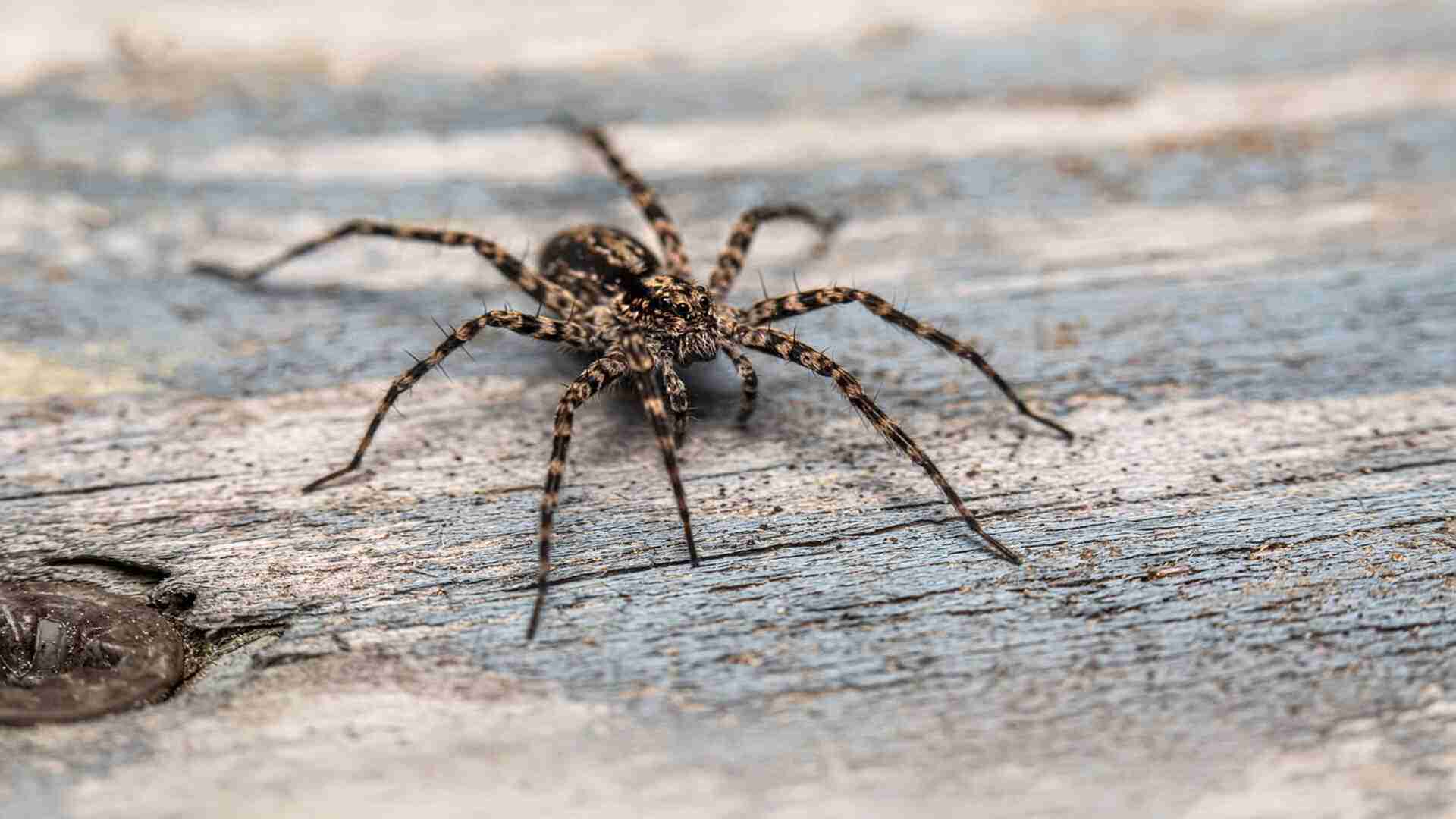

Not getting a solution?
Get your free pest control estimate today!How to Identify a Spider?
Recognizing a spider requires careful observation of its physical characteristics and behavior. While size and color can provide initial clues, other factors, such as leg structure, eye arrangement, and web-building habits, can offer a more precise identification.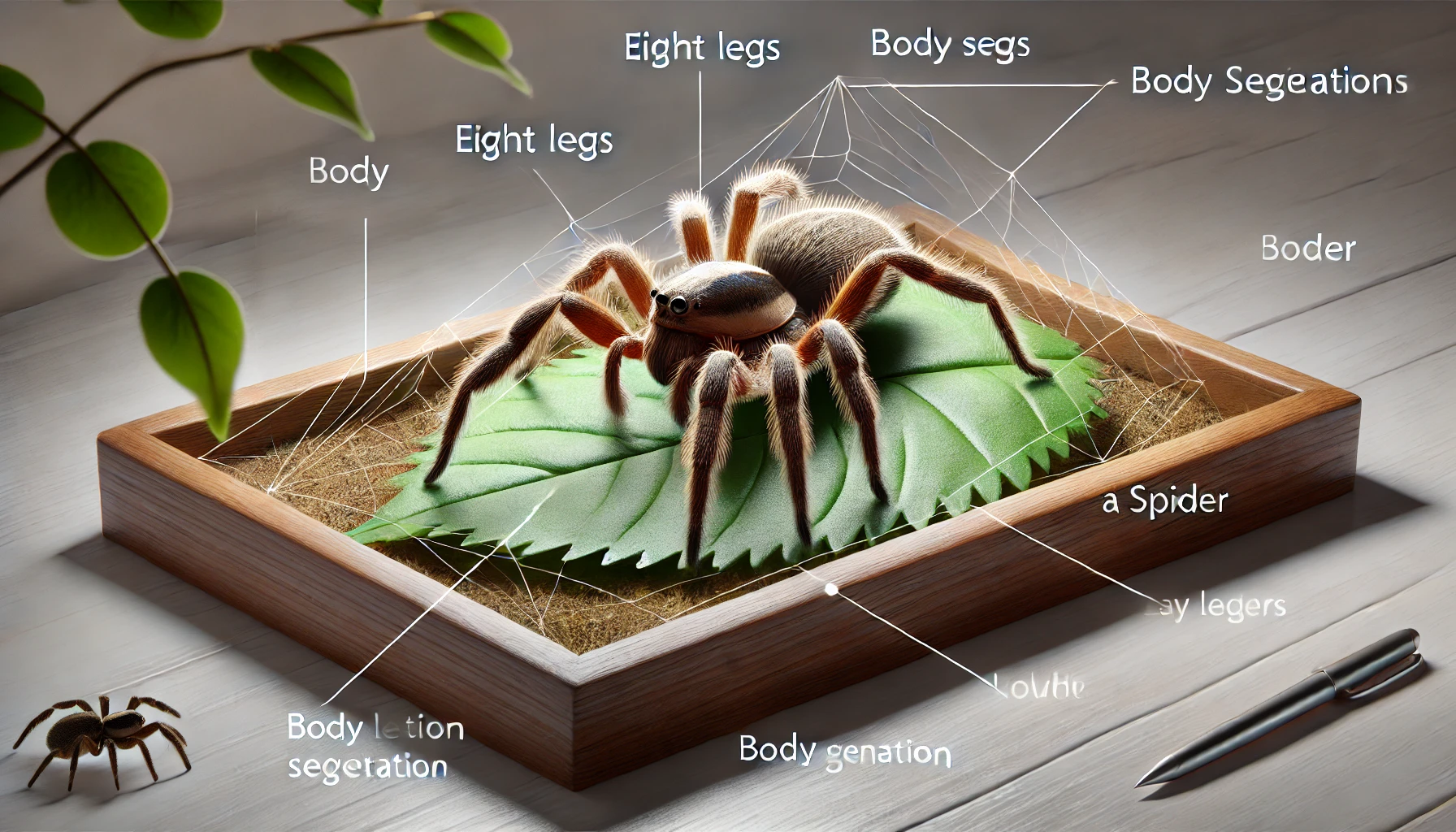 Body Shape and Size
Spiders come in various shapes and sizes, ranging from compact, round-bodied species to elongated, slender forms. Jumping spiders, for instance, have a stocky build with short legs, while huntsman spiders have a flattened body with long, sprawling legs. Size can also vary significantly, with some species measuring only a few millimeters while others, such as tarantulas, can span several inches.
Color and Markings
The coloration of a spider can help distinguish one species from another. Some, like orb-weaving spiders, display bright yellow or red markings, while others, such as wolf spiders, have muted brown or gray tones that blend into their surroundings. Additionally, unique markings—such as the red hourglass shape on a black widow—are crucial indicators of certain species.
Leg Structure and Movement
Leg length and shape play a role in identifying a spider’s hunting strategy. Spiders with long, slender legs, like the orb-weaver, are adept at web-building, while those with shorter, powerful legs, such as jumping spiders, rely on quick, precise movements to capture prey. The way a spider moves—whether it glides across its web, jumps between surfaces, or scurries along the ground—can also provide clues about its species.
Web Type
Spiders can be categorized based on their web-building behavior. Orb-weaving spiders create large, symmetrical webs to catch flying insects, while funnel-web spiders construct tunnel-like silk retreats. Some species, like wolf spiders, do not spin webs at all but instead hunt their prey directly. Observing the presence and structure of a web can significantly aid in identification.
Body Shape and Size
Spiders come in various shapes and sizes, ranging from compact, round-bodied species to elongated, slender forms. Jumping spiders, for instance, have a stocky build with short legs, while huntsman spiders have a flattened body with long, sprawling legs. Size can also vary significantly, with some species measuring only a few millimeters while others, such as tarantulas, can span several inches.
Color and Markings
The coloration of a spider can help distinguish one species from another. Some, like orb-weaving spiders, display bright yellow or red markings, while others, such as wolf spiders, have muted brown or gray tones that blend into their surroundings. Additionally, unique markings—such as the red hourglass shape on a black widow—are crucial indicators of certain species.
Leg Structure and Movement
Leg length and shape play a role in identifying a spider’s hunting strategy. Spiders with long, slender legs, like the orb-weaver, are adept at web-building, while those with shorter, powerful legs, such as jumping spiders, rely on quick, precise movements to capture prey. The way a spider moves—whether it glides across its web, jumps between surfaces, or scurries along the ground—can also provide clues about its species.
Web Type
Spiders can be categorized based on their web-building behavior. Orb-weaving spiders create large, symmetrical webs to catch flying insects, while funnel-web spiders construct tunnel-like silk retreats. Some species, like wolf spiders, do not spin webs at all but instead hunt their prey directly. Observing the presence and structure of a web can significantly aid in identification.
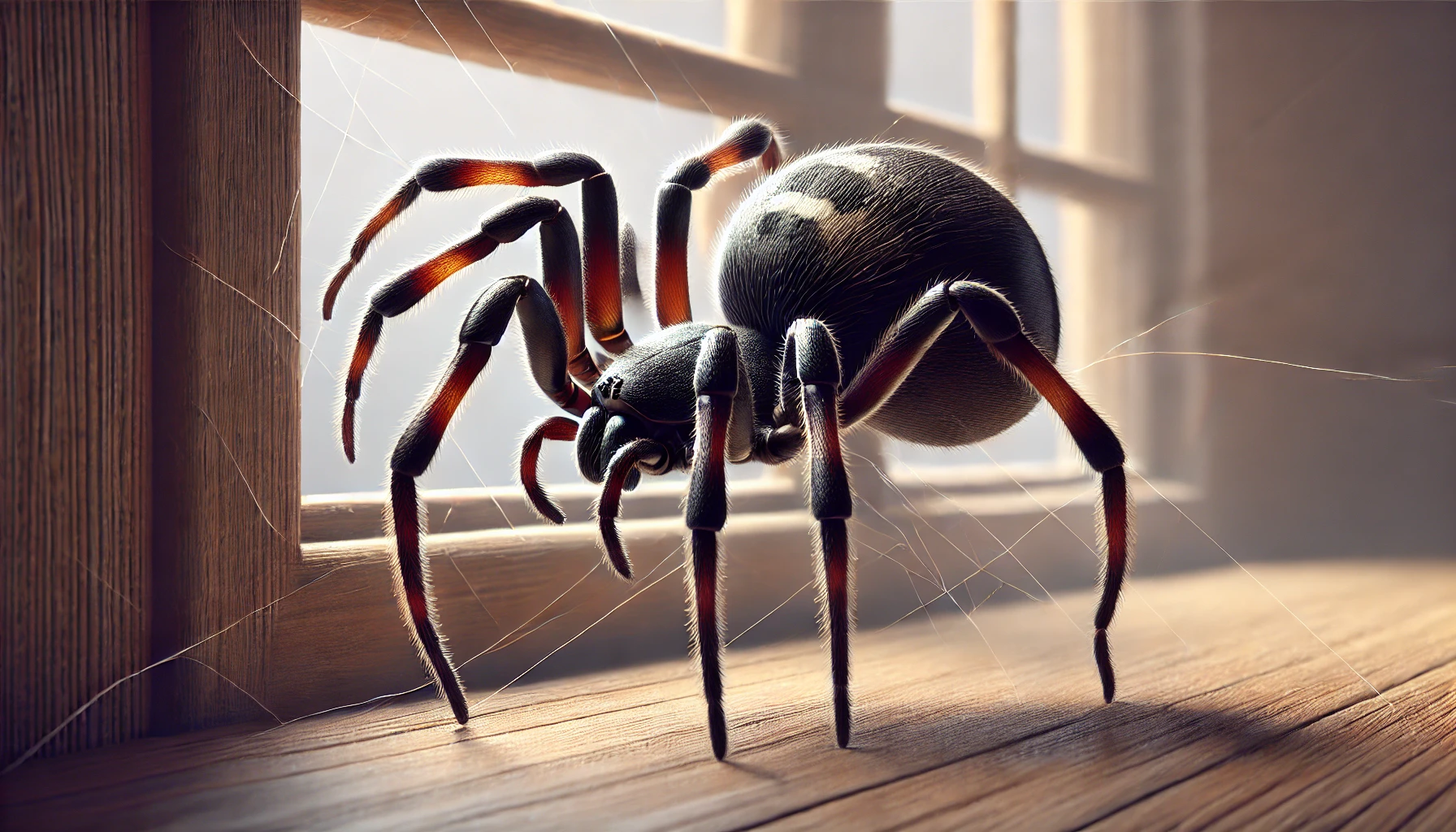
How to Identify a False Widow Spider?
The false widow spider is generally confused with the more dangerous black widow due to its similar body shape and coloration. However, key differences between the two can help in proper identification. False widows are typically dark brown or black, with a rounded, glossy abdomen that may have faint, irregular markings. Unlike black widows with a distinct red hourglass marking on their underside, false widows have lighter, patchy markings on their upper abdomen. They are also slightly smaller in size, with a more robust body structure. Although false widow bites can cause localized pain and swelling, they are less medically significant than black widow bites. Symptoms may include redness, itching, and mild discomfort, but serious reactions are rare. If bitten, cleaning the wound and monitoring for any unusual symptoms is advisable. Visit our Spider Control and DIY Guide sections for additional resources on spiders and ways to tackle a spider infestation.What Is the Biggest Spider?
While many spiders remain small and inconspicuous, some species grow to astonishing sizes. Among the largest is the Goliath birdeater (Theraphosa blondi), which holds the record for the heaviest spider in the world.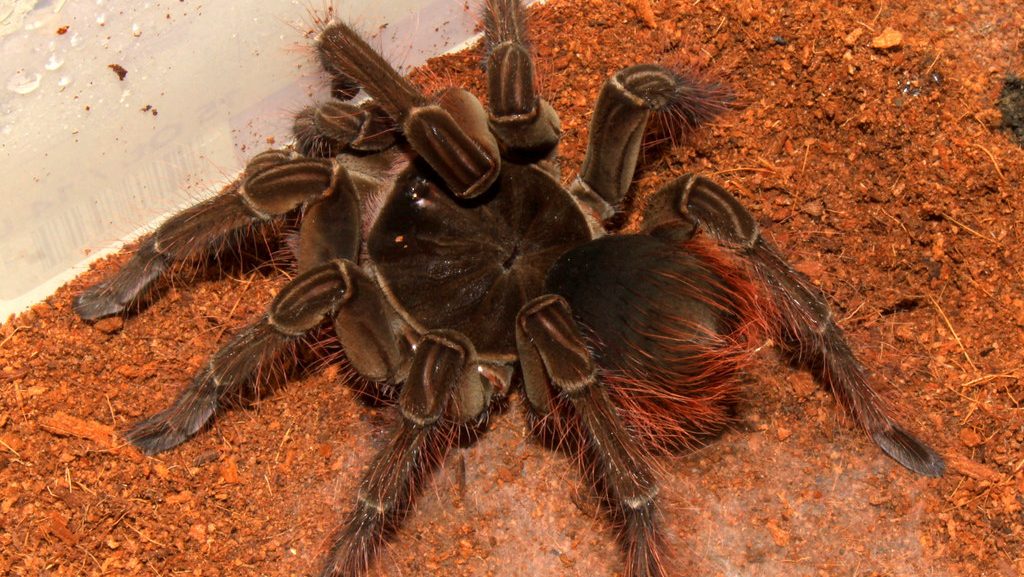 Goliath Birdeater
This tarantula species, native to the rainforests of South America, can reach a leg span of up to 12 inches. Despite its name, it primarily feeds on insects, small rodents, and amphibians rather than birds. The Goliath birdeater has powerful fangs and produces a hissing sound by rubbing its legs together when threatened.
Goliath Birdeater
This tarantula species, native to the rainforests of South America, can reach a leg span of up to 12 inches. Despite its name, it primarily feeds on insects, small rodents, and amphibians rather than birds. The Goliath birdeater has powerful fangs and produces a hissing sound by rubbing its legs together when threatened.
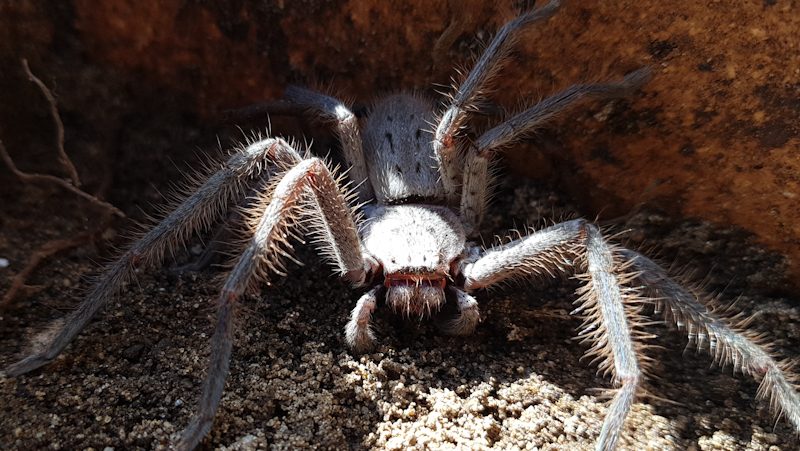 Giant Huntsman Spider
The giant huntsman is an agile, fast-moving species known for having the longest leg span of any spider—up to 12 inches. Unlike web-building spiders, it actively hunts its prey, using speed and ambush tactics to catch insects and small vertebrates.
Giant Huntsman Spider
The giant huntsman is an agile, fast-moving species known for having the longest leg span of any spider—up to 12 inches. Unlike web-building spiders, it actively hunts its prey, using speed and ambush tactics to catch insects and small vertebrates.
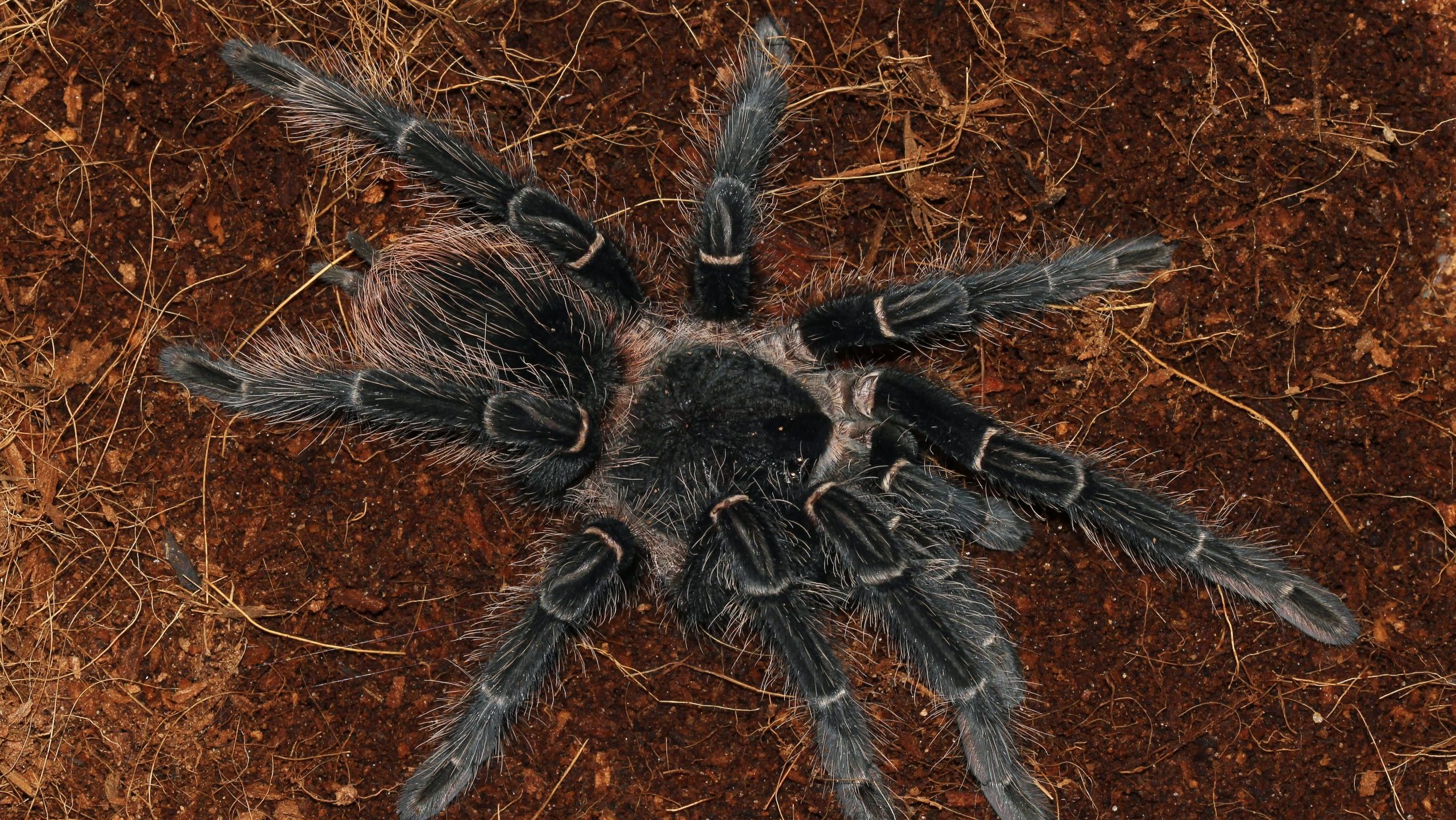 Brazilian Salmon Pink Birdeater
This species is one of the largest tarantulas by mass and is commonly found in the forests of Brazil. Its pinkish leg markings distinguish it from other tarantulas, and it is known for its defensive posture when threatened.
Brazilian Salmon Pink Birdeater
This species is one of the largest tarantulas by mass and is commonly found in the forests of Brazil. Its pinkish leg markings distinguish it from other tarantulas, and it is known for its defensive posture when threatened.
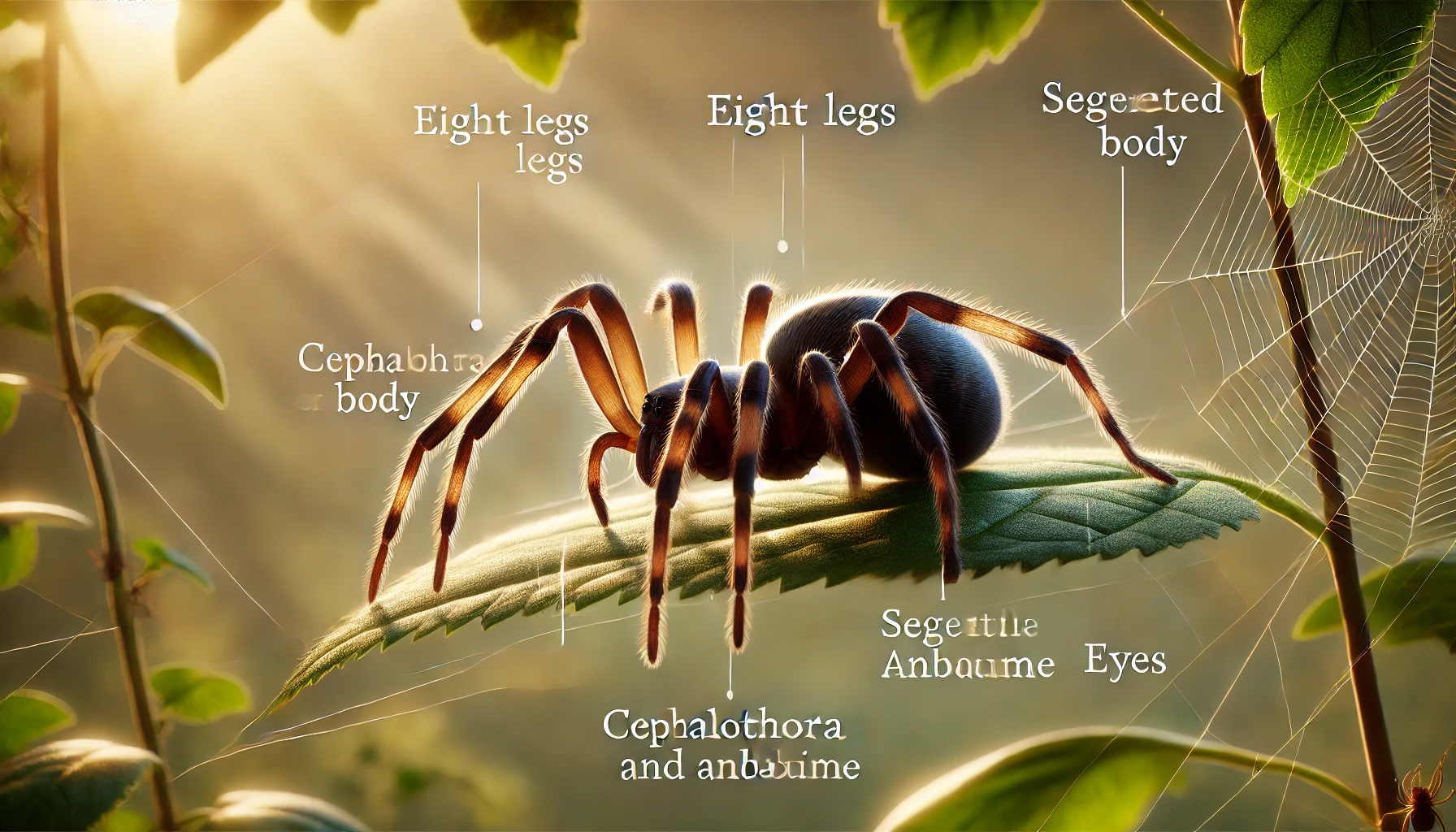
How to Identify a Spider?
Spiders vary in size, color, and behavior, making identification useful for understanding their species. You can distinguish their body shape, web type, and movement from other arachnids and confirm whether they are insect or not by observing their body shape, web type, and movement. You can look out for these characteristics:Spider Identification Guide
-
Examine Size and Color: Measure the spider’s body and observe its coloration—ranging from browns and blacks to bright hues.
-
Look at Body Shape: Note the spider’s body structure, including the shape of the head, thorax, and abdomen, which vary by species.
-
Check the Web: Web style offers clues—orb weavers create intricate webs, while funnel weavers spin simpler tunnels.
-
Count Legs: Spiders have eight legs, distinguishing them from insects and other arthropods.
-
Consult Resources: Use field guides, apps, or trusted websites to match your spider with known species.
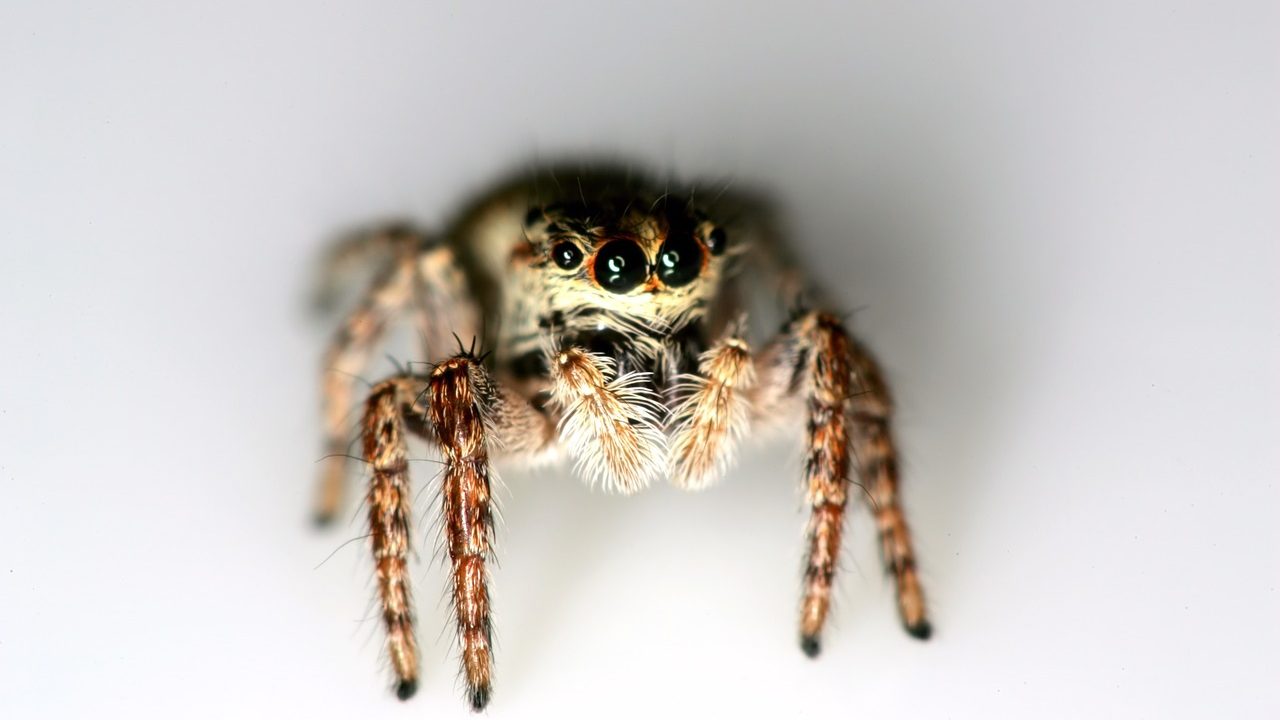
Myths and Facts About Spider Identification
Spiders are often misunderstood, leading to widespread myths about their appearance and danger level. While some species are venomous, many common beliefs about spiders are inaccurate. Here are some myths and the facts that debunk them.
| Myth | Fact |
|---|---|
| All large spiders are dangerous. | Most large spiders, like the Goliath birdeater, are not harmful to humans. |
| Spiders with bright colors are always venomous. | Bright colors do not necessarily indicate venomous spiders; coloration can be for camouflage or mating. |
| The black widow is the most common dangerous spider. | The black widow is less common than other spiders, like the brown recluse, which can also be harmful. |
| Spiders with large abdomens are more dangerous. | The size of the abdomen does not directly correlate with the spider’s danger level. |
| Spiders with distinctive markings are always venomous. | Distinctive markings help in identification but do not always indicate venomous species. |
